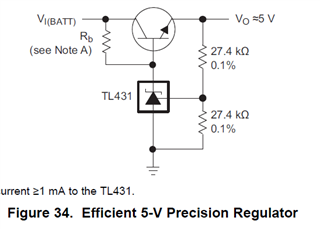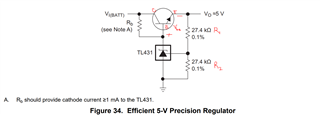Dear TI team,
I have a bias circuit as below to generate +15V/-4V for a gate driver circuit.
During experiment and simulation, I noticed that under a certain heavy load condition, the TL431 lose control to generate +15V. Instead, it only generates +14.3V.
I check reference voltage of TL431, which is voltage across resistor R1, and see that the reference voltage is 2.344V, not 2.5V.
The current through TL431 seems very small as shown by the below waveform.
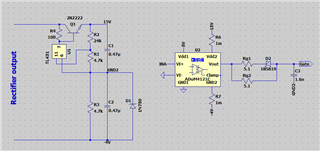
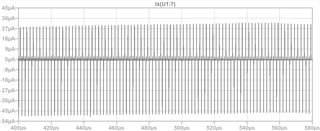
My question is:
1) Just for a sake of my understanding, how TL431 generate its reference voltage of 2.5V from input voltage? Could you explain it by using the detail schematic of TL431 as below.
2) What is the reason TL431 loses its control? Is it because its current is very small (less than 1mA)? How should I solve this problem?
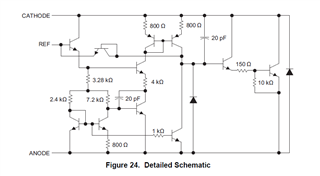
Thank you so much. Regards


